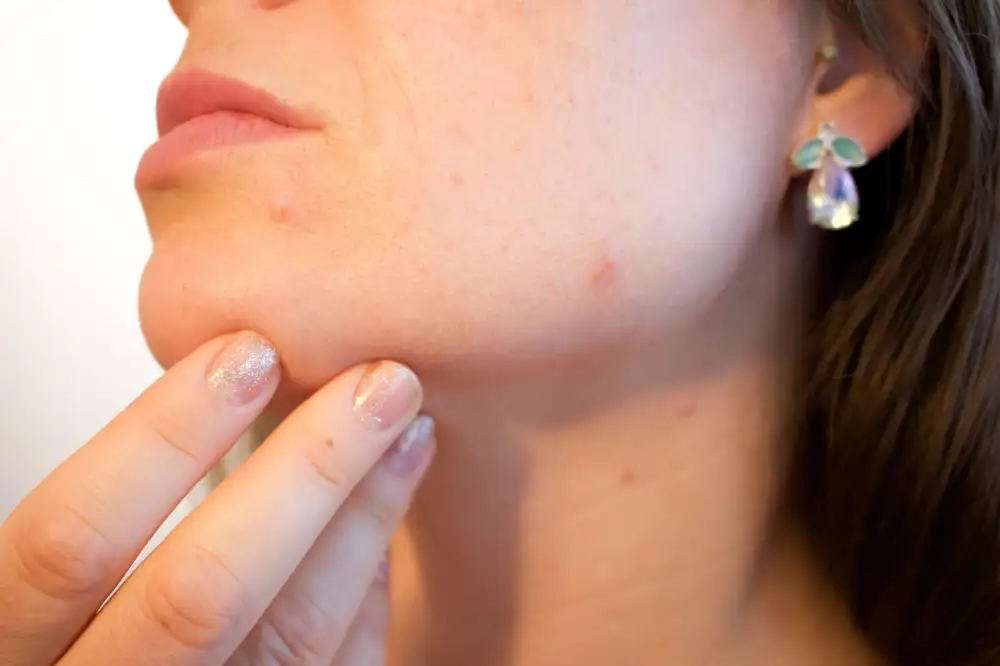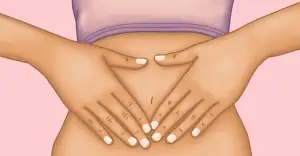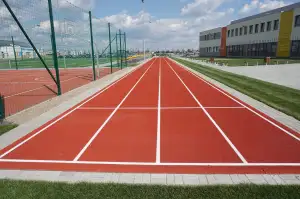Banishing Breakouts: Expert Tips for Popping Zits Safely

Zit popping, also known as acne extraction, is a common practice among individuals seeking to get rid of pesky pimples. While it may be tempting to squeeze that unsightly blemish, it's essential to understand the proper techniques and risks associated with this skincare habit. Pimples form when hair follicles become clogged with oil and dead skin cells, leading to inflammation and the appearance of a zit. Understanding how to safely extract pimples can help prevent scarring and further skin damage. Let's delve into the science behind pimple popping and learn expert tips for banishing breakouts effectively.
The Science Behind Pimple Popping
"The Science Behind Pimple Popping"
Pimple popping is a common practice, but do you know what happens beneath the surface of your skin when you squeeze that zit? When a pimple forms, it's a result of excess oil, dead skin cells, and bacteria clogging a pore. The body's natural response is to send white blood cells to the area to fight the infection, leading to inflammation and the formation of pus. When you pop a pimple, you risk pushing bacteria deeper into the skin or causing trauma that can lead to scarring. It's essential to understand the science behind pimple popping to make informed decisions about how to care for your skin properly.
Risks and Dangers of Popping Zits
While it may be tempting to pop a pimple for instant gratification, doing so can lead to various risks and dangers. Popping zits incorrectly can result in the spread of bacteria, causing more breakouts and potential scarring. Squeezing pimples too aggressively can also damage the surrounding skin tissue, leading to inflammation and prolonging the healing process. Furthermore, picking at blemishes with dirty hands can introduce additional bacteria, increasing the risk of infection. It's essential to exercise caution when attempting to pop a pimple to avoid these potential complications and maintain healthy skin.
Proper Pimple Popping Techniques
1. Wash your hands thoroughly with soap and water before touching your face to prevent introducing more bacteria to the pimple.
2. Use a warm compress or steam to open up the pores and soften the pimple before attempting to pop it.
3. Gently press around the pimple using clean fingers or a sterile tool like a comedone extractor, applying even pressure from the sides rather than squeezing from the top.
4. If the pimple does not pop easily, do not force it as this can lead to further inflammation and scarring.
5. After popping, clean the area with a gentle cleanser and apply an acne spot treatment containing benzoyl peroxide or salicylic acid to help reduce bacteria and inflammation.
Remember, proper technique is crucial in minimizing damage to the skin and preventing infection.
When to Seek Professional Help
While popping a zit at home can be tempting, there are instances where it's best to seek professional help. If you have a large, painful cystic acne that doesn't respond to over-the-counter treatments, it's advisable to consult a dermatologist. Additionally, if you notice recurrent breakouts or if the pimple is in a sensitive area like near your eyes or on your lips, seeing a skin specialist is recommended. Remember, dermatologists have the expertise and tools to safely extract pimples without causing scarring or infection.
In conclusion, while popping zits may seem like a quick fix, it's important to prioritize the health of your skin. Instead of resorting to squeezing pimples, focus on maintaining a consistent skincare routine that includes gentle cleansing, exfoliation, and hydration. Remember that picking at your skin can lead to scarring, infection, and even worsen acne. By practicing good skincare habits and seeking professional help when needed, you can achieve clear and healthy skin in the long run. Prioritize your skin's health and consult with a dermatologist for personalized advice on managing breakouts effectively.
Published: 01. 05. 2024
Category: Health



